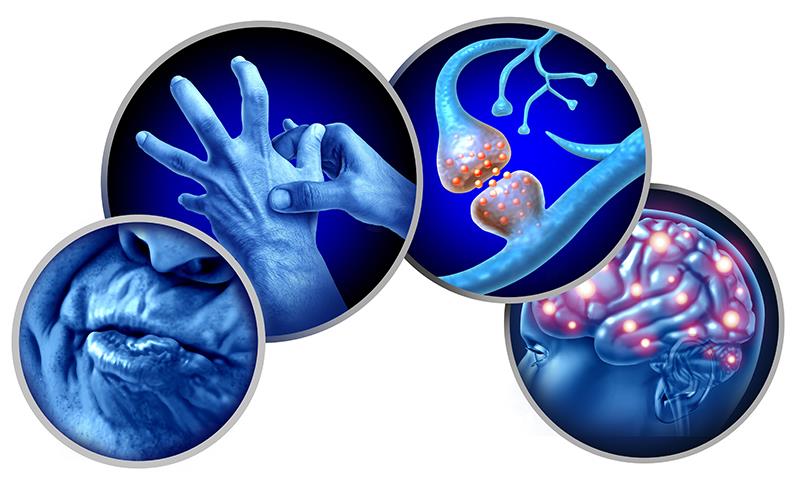Deutetrabenazine for tardive dyskinesia yields favourable patient-reported outcomes





Individuals with tardive dyskinesia (TD) report favourable outcomes with the VMAT2 inhibitor deutetrabenazine in an age subgroup analysis.
TD is an irreversible, hyperkinetic movement disorder characterized by involuntary movements induced by dopamine receptor blocking agents, including antipsychotics and antiemetics. [Can J Psychiatry 2019;64:388-399; Neurol Clin 2020;38:379-396]
The US FDA has approved deutetrabenazine for the treatment of TD and Huntington disease (HD)-related chorea. In the US, the drug can be administered once or twice daily. It can be initiated using a titration kit to help patients receive an optimal dose based on symptoms and tolerability. [Health Psychol Res 2022;10:36040]
To explore patient-reported ease of use, efficacy, and satisfaction with extended-release deutetrabenazine QD, the investigators conducted a noninterventional, prospective, cross-sectional institutional review board-approved survey involving 209 individuals who had been diagnosed with TD or HD-related chorea and had taken deutetrabenazine QD. About three-quarters of participants were women. [EAN 2025, abstract EPR-053]
The participants were stratified by age (<65 or ≥65 years). The mean age was 51.2 years in the younger cohort and 71.7 years in the older cohort. About 43–55 percent had no prior medication for TD, but nearly a fifth have previously had deutetrabenazine BID. Other medications that have been used previously were benztropine and valbenazine.
Among participants aged <65 years (n=122), 81.1 percent expressed appreciation for the ability of their physician to adjust the deutetrabenazine dose. Regarding their preferred time of taking the drug, more than half (54.1 percent) preferred morning, while 42.6 percent took theirs at night. A few (3.3) preferred to take their dose in the afternoon. About a third (29.5 percent) preferred to take the drug without food always, while 12.3 percent always took theirs with food.
In the older cohort (n=87), nearly 90 percent appreciated the ability of their doctor to adjust the drug dose. Morning was also the preferred time of day to take the drug by most (67.8 percent), and 24 percent opted to take their dose at night. Forty percent usually took deutetrabenazine without food, while 30 percent usually had theirs with food.
Most participants noted that the extra movements from their TD improved (‘much’ or ‘very much’) at the time of this analysis compared with immediately before they started taking the drug (77.9 percent and 73.6 percent in the respective younger and older cohorts).
With the reduction in extra movements with deutetrabenazine QD, most participants became more comfortable in social settings (80.2 percent and 77 percent in the younger and older cohorts, respectively). A majority of participants also reported improvements in emotional well-being (82 percent and 74.1 percent, respectively) and overall physical health (61.2 percent and 52.9 percent). They also had better work or school life (57 percent and 45.9 percent) and improved ability to perform household chores (52.9 percent and 37.6 percent).
Almost all participants did not have difficulty in taking their medication regularly at their preferred time, the investigators noted.
Overall satisfaction rates were 91.8 percent and 86.2 percent in the younger and older cohorts, respectively. About 96 percent expressed their intention to continue to take the drug.
Takeaways
Taken together, nearly all participants in both age subsets reported overall satisfaction with deutetrabenazine QD, which aligns with the results from the overall cohort, the researchers noted. “Most participants reported improvements in their extra movements since starting the drug, leading to positive effects on several quality-of-life domains.”
Moreover, participants appreciated their doctor’s ability to adjust their dose as needed. According to the investigators, this underlines the flexibility provided by deutetrabenazine QD, which is available in seven different dose strengths.
“Overall, participants reported satisfaction with deutetrabenazine QD, with a strong desire to continue their current treatment regimen,” they said.